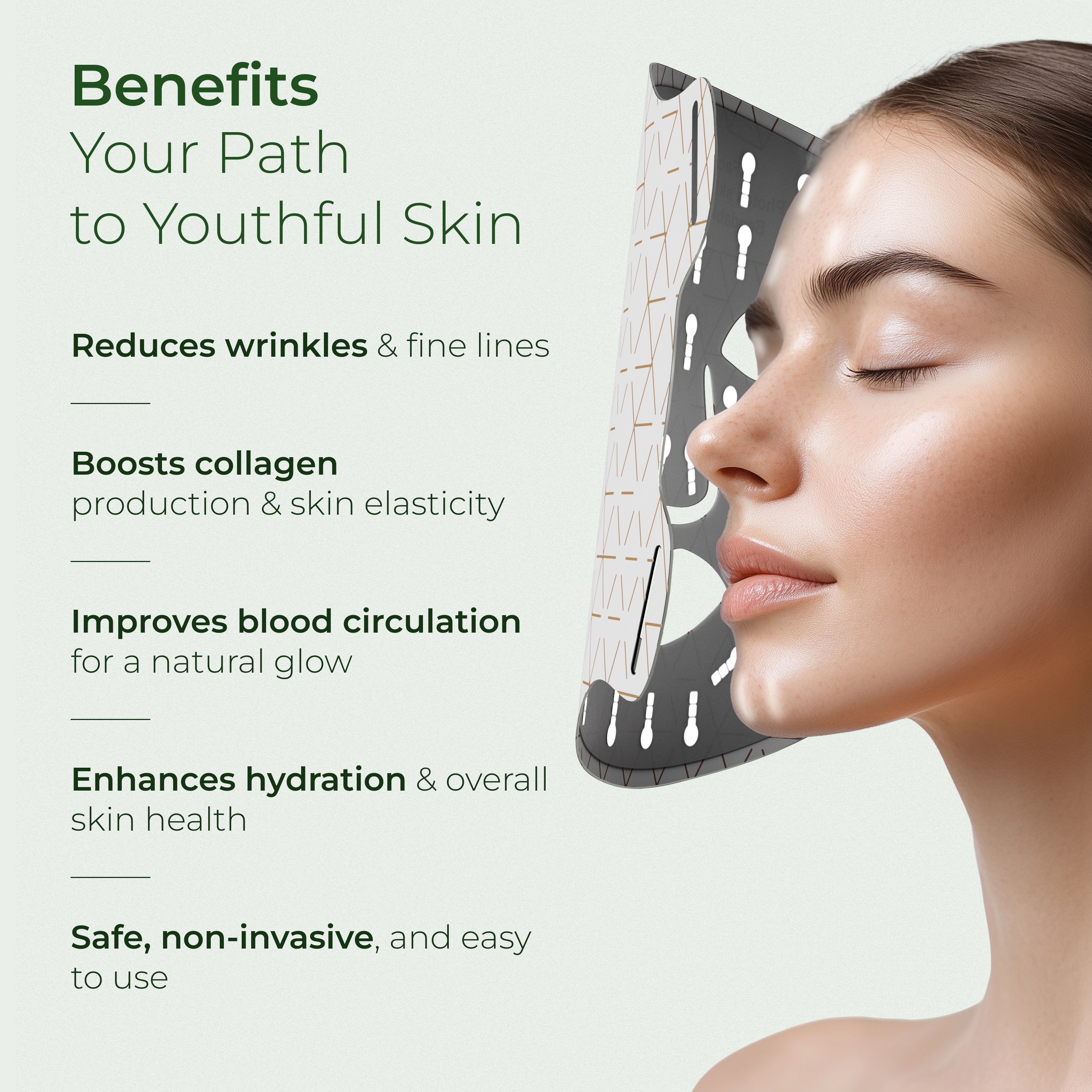Introduction to Peppermint Aromatherapy Oil
Peppermint oil is an essential oil extracted from the leaves of the peppermint plant (Mentha piperita), known for its refreshing minty scent and cooling sensation due to menthol. It's widely used in aromatherapy and self-care for its potential to enhance appearance and health, from soothing skin to improving mental focus.
Aromatherapy Applications
In aromatherapy, peppermint essential oil is valued for its invigorating effects. It can reduce stress and anxiety, with studies showing it lowers anxiety in medical settings like post-operative care (Peppermint for Anxiety). For mental clarity, it enhances memory and concentration, making it useful for studying or working (Peppermint for Focus). It also relieves cold and flu symptoms by clearing congestion and easing breathing, and can help with nausea, particularly for motion sickness or chemotherapy side effects (Peppermint for Nausea).
Topical Uses for Appearance and Health
When diluted with a carrier oil, peppermint oil is effective for pain relief, soothing headaches, muscle aches, and joint pain due to its cooling menthol (Peppermint for Pain). In skin care, it reduces itching and inflammation, beneficial for conditions like eczema, and in hair care, it promotes growth and soothes scalp issues by improving blood circulation (Peppermint for Skin, Peppermint for Hair).
Internal Uses with Caution
For digestive health, enteric-coated peppermint oil capsules may relieve IBS and indigestion symptoms by relaxing gastrointestinal muscles, but this should only be done under medical guidance (Peppermint for Digestion). For respiratory health, inhalation is preferred for clearing sinuses, though internal use is not typically recommended without advice.
Comprehensive Analysis of Peppermint Oil Uses
Peppermint oil, derived from the leaves of the peppermint plant (Mentha piperita), a hybrid of watermint and spearmint, is a versatile essential oil with a rich history in traditional and modern self-care practices. Known for its high menthol content, it offers a refreshing scent and cooling sensation, making it a popular choice for aromatherapy and topical applications aimed at improving appearance and health. This survey note explores its uses, supported by research, and provides practical insights for readers interested in incorporating it into their routines.
What Is Peppermint Oil and Its General Benefits?
Peppermint oil is extracted through steam distillation from peppermint leaves, containing compounds like menthol (30-50%) that contribute to its cooling and antimicrobial properties. It's promoted for various conditions, including irritable bowel syndrome (IBS), digestive issues, colds, sinus infections, headaches, and more (Peppermint Oil Overview). Its uses span aromatherapy, topical applications, and, with caution, internal consumption, making it a multifaceted tool for self-care.
Aromatherapy Uses: Enhancing Mental and Physical Well-Being
Aromatherapy leverages peppermint oil's invigorating scent for several benefits, particularly relevant for those seeking to maintain mental clarity and reduce stress.
- Stress Reduction and Relaxation. The menthol in peppermint oil has a calming effect, reducing stress and anxiety. A study on cardiac patients found that inhaling peppermint essence significantly lowered anxiety levels before procedures, suggesting its role in stress management (Peppermint for Anxiety). It can be used by adding a few drops to a diffuser or mixing with water for a room spray, providing a soothing atmosphere.
- Improving Mental Clarity and Focus. Peppermint oil stimulates the hippocampus, enhancing memory and concentration. Research indicates it improves cognitive performance, making it ideal for studying or work (Peppermint for Focus). Inhaling directly from the bottle or applying to a tissue can sharpen focus, with studies showing increased alertness in drivers exposed to its aroma.
- Relieving Symptoms of Cold and Flu. Its antimicrobial properties help fight infections, while inhalation clears congestion and eases breathing. A study highlighted its effectiveness in reducing upper respiratory symptoms, suggesting steam inhalation with a few drops in hot water (Peppermint for Cold). This can also alleviate headaches associated with colds.
- Nausea Relief. Peppermint oil is effective for nausea, particularly in post-operative or chemotherapy contexts. Research shows it reduces nausea severity, with methods like applying diluted oil to temples or inhaling from a tissue (Peppermint for Nausea). It's a natural alternative for motion sickness or morning sickness, though care is needed for safety.
Topical Uses: For Appearance and Physical Comfort
Topical application, when diluted with a carrier oil like coconut or jojoba, extends peppermint oil's benefits to skin and hair care, addressing appearance and health concerns.
- Pain Relief for Headaches, Muscle Aches, and Joint Pain. The cooling menthol provides analgesic effects, soothing tension headaches and muscle pain. Studies suggest applying 2-3 drops mixed with carrier oil to the affected area, massaging gently, can reduce discomfort (Peppermint for Pain). It's also used in natural rubs for joint pain, offering a non-invasive option.
- Skin Care. Soothing Itchy Skin and Reducing Inflammation: Peppermint oil's anti-inflammatory properties help with itching and irritation, such as eczema or hives. Diluting 1 drop in 1 teaspoon of carrier oil and applying to the skin can soothe, but a patch test is essential to avoid irritation (Peppermint for Skin). It's also noted for controlling oil secretion, beneficial for acne-prone skin.
- Hair Care. Promoting Healthy Hair and Scalp: It stimulates blood circulation, potentially promoting hair growth and reducing dandruff. Research on mice showed 3% peppermint oil in jojoba oil enhanced hair regrowth, suggesting adding 2-3 drops to shampoo or conditioner for scalp health (Peppermint for Hair). Massaging diluted oil into the scalp can also soothe itchiness.
Internal Uses: With Caution for Digestive and Respiratory Health
Internal use requires caution, typically in enteric-coated forms to protect the stomach, and should be guided by a healthcare professional.
- Digestive Health. Relieving Symptoms of IBS and Indigestion: Enteric-coated capsules relax gastrointestinal muscles, reducing IBS symptoms like bloating and abdominal pain. Studies, including a meta-analysis, found modest benefits, with capsules taken as directed by manufacturers (Peppermint for Digestion). It's not recommended for long-term use without medical advice.
- Respiratory Health. Clearing Sinuses and Congestion: While inhalation is preferred, some use peppermint oil in steam or chest rubs for congestion. Research suggests it improves perceived airflow, though internal consumption for this purpose is not advised without guidance (Peppermint for Respiratory). Peppermint tea, made from leaves, is a safer alternative for respiratory support.
Safety Precautions and Practical Tips
Safety is paramount when using peppermint oil. Always dilute before topical use to prevent skin irritation, and avoid ingesting undiluted oil due to toxicity risks. Consult a healthcare professional, especially for internal use, pregnancy, or breastfeeding. Perform a patch test to check for allergic reactions, and purchase high-quality, pure essential oils from reputable sources to ensure efficacy.
DIY Recipes for Everyday Use
To make peppermint oil part of your routine, try these simple recipes:
- Relaxing Muscle Rub. Mix 10 drops of peppermint oil, 5 drops of lavender oil, and 1/4 cup of carrier oil (like almond). Shake well and massage into sore muscles for relief.
- Invigorating Hair Treatment. Combine 5 drops of peppermint oil, 5 drops of rosemary oil, and 1/4 cup of coconut oil. Apply to scalp, massage for a few minutes, leave on for 30 minutes, then shampoo out to promote hair growth.
Unexpected Applications and Research Insights
Beyond health, peppermint oil's strong scent makes it a rodent repellent, and its antimicrobial properties suggest uses in cleaning, expanding its utility. Research continues to explore its efficacy, with mixed results on some claims, like respiratory benefits, highlighting the need for more studies (Peppermint Oil Uses).
This comprehensive overview ensures readers can safely and effectively use peppermint oil, aligning with self-care goals for appearance and health, while acknowledging the complexity and ongoing research in this field.
The UV lamp for the face is your reliable assistant in the fight against age—related skin changes. With its help, you can easily and effectively take care of your skin. You can buy this device at the best price in our store.
Key Points
- Research suggests peppermint oil, derived from peppermint plant leaves, is effective in aromatherapy for stress relief, mental clarity, and nausea.
- It seems likely that topical use can help with headaches, skin irritation, and hair growth when diluted properly.
- The evidence leans toward internal use, like capsules, aiding digestive issues like IBS, but consult a healthcare professional first.
- Unexpectedly, peppermint oil may also act as a rodent repellent and has antimicrobial properties, expanding its utility beyond health.












Deixe um comentário
Este site está protegido pela Política de privacidade da hCaptcha e da hCaptcha e aplicam-se os Termos de serviço das mesmas.